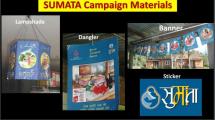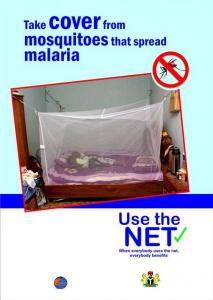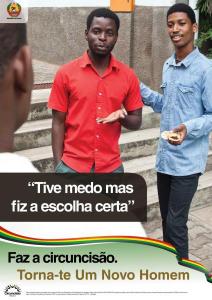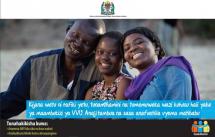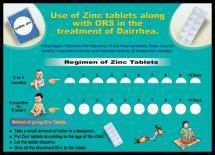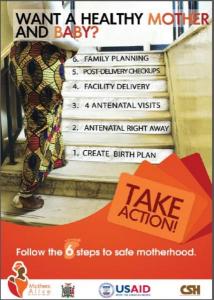SUMATA Posters, Lampshade, Danglers, Banner, Sticker
The Nepal Family Health Program (NFHP-I) was a six-year (2002-2007) bilateral activity of United States Agency for International Development, Nepal (USAID/N) with the Government of Nepal. Its overall goal was to support the Government’s long-term goal of reducing fertility and under-five mortality within the context of the National Health Policy and Second Long-Term Health Plan 1997-2017.
The Maternal and Neonatal Health (MNH) Program has been working in Nepal since June 1999 to increase access to and demand for safe motherhood (SM) services.
The SUMATA initiative was launched on 8 March 2002 as a multilevel SM behavior change initiative designed to support the efforts of the Government of Nepal to reduce the high maternal mortality rate in Nepal. SUMATA is an acronym for Care, Share, and Prepare in Nepali. It is also an auspicious word for mother in Sanskrit. The intended audience for SUMATA was women, husbands, families, community leaders, and community-based health workers.
SUMATA standardized SM messages were used in posters, billboards, lampshades, danglers, banners, stickers, radio spots, jingles and dramas, TV dramas, and street theater. Radio dramas highlighting general SM messages have been broadcast nationally.
Source: Johns Hopkins Bloomberg School of Public Health/ Center for Communication Programs
Date of Publication: March 25, 2019
SIMILIAR RESOURCES
Tools
Examples
- Community Communication MNCH e-Manual: Participatory Health Promotion Sessions
- Suaahara Training Guidelines and Participant Handbooks
- Promoting Quality Malaria Medicine through Social and Behavior Change Communication
- SBCC for Malaria in Pregnancy: Strategy Development Guidance
- The Infection Control Symbol Package
- GESI Toolkit
- Maternal Newborn Child Health - Nutrition Quality Improvement Tools
- Suaahara Health Facility Operation and Management Committee Capacity Building Training and Operation Guidelines
- Men's Health Kit
- The Future of Malaria Social and Behavior Change Communication

